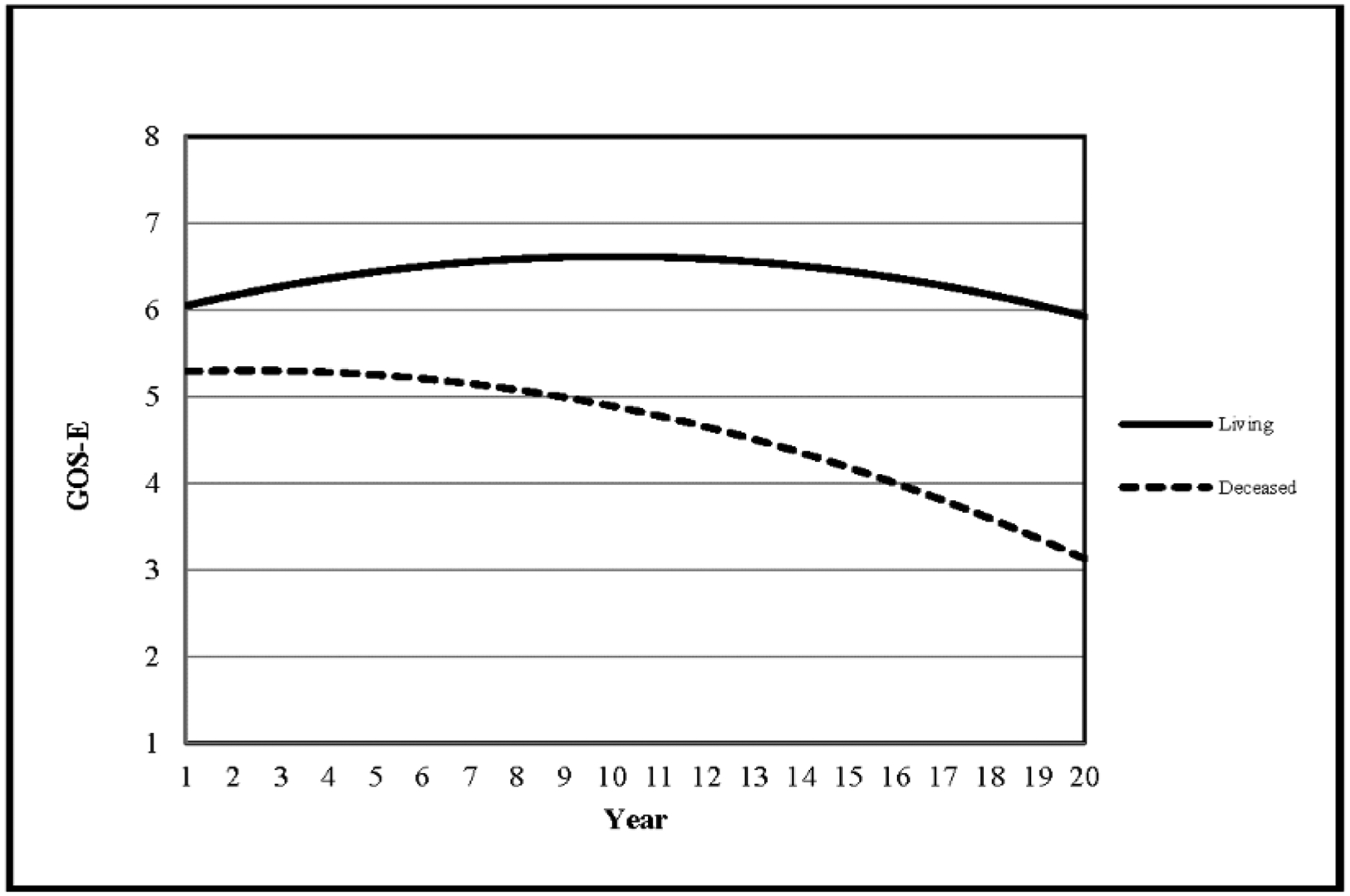Figure 1. Longitudinal trajectories, based on data modelling, for functional outcome after inpatient rehabilitation for traumatic brain injury in surviving versus deceased patients.

Trajectories are fitted curves showing expected change in functioning of patients with TBI as measured with the GOSE for survivors compared with those who were deceased (died >5 years after injury). These sample trajectories were generated with a modelling approach known as individual growth curve analysis with use of longitudinal data from the TBI Model Systems national database from patients aged ≥ 16 years who had completed at least three study visits (ie, having survived for a minimum of 2 years); the curves shown represent individuals, who were white, aged 26 years when their first GOSE score was recorded, had 30 days of rehabilitation, and had the same level of disability on admission to rehabilitation (cognitive FIM score of 11 and motor FIM score of 33). Although profiles vary substantially between individuals, it is evident from these examples that the trajectory for those who were deceased is markedly different from those who survived: those who were deceased started out with more disability initially–a GOSE score nearly a point below those who survived–and their trajectories suggest a near constant decline in function. By contrast, the trajectory for surviving patients shows slight improvement in outcomes, which could take many years to reach a peak, followed by a delayed decline from about 10 years after injury. Reproduced from Dams-O’Connor and colleagues,42 by permission of Wolters Kluwer Health. TBI= traumatic brain injury. GOSE = Glasgow Outcome Scale–extended. FIM=Functional Independence Measure.
